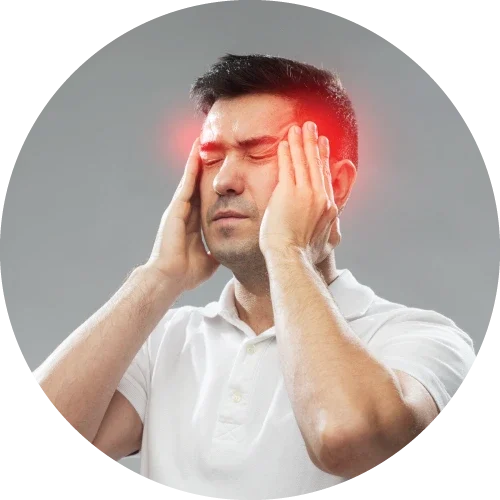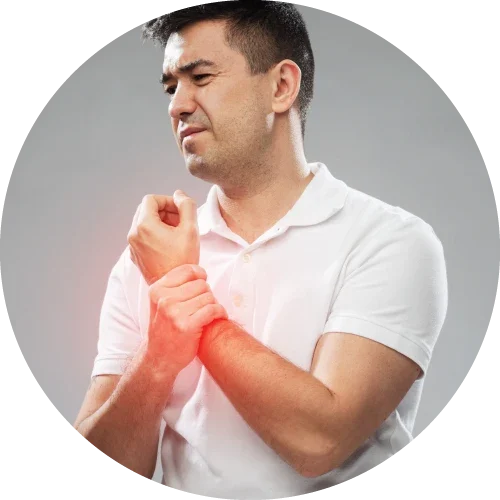Bone Fractures
Bone Fractures: Types, Locations, and Treatment Options
Bone fractures are common injuries that occur when there is a break in the continuity of a bone. They can result from various factors, including trauma, overuse, or underlying medical conditions that weaken the bones, such as osteoporosis. Understanding the most common types and locations of fractures is essential for effective treatment and recovery.
Common Bone Fractures
The most frequently encountered fractures can be categorized based on their location in the body:
Wrist Fractures: Often referred to as distal radius fractures, these typically occur from falls where a person tries to catch themselves with their hands.
Hip Fractures: Commonly seen in older adults, hip fractures usually result from falls and can significantly affect mobility and independence.


- Ankle Fractures: These occur due to twisting injuries or falls, leading to fractures of the bones in the ankle.
- Collarbone Fractures: Often resulting from falls or direct impacts, these fractures are prevalent among athletes and children.
- Spinal Fractures: These can happen due to trauma or conditions like osteoporosis and may lead to severe complications if not treated promptly.
Types of Bone Fractures
Bone fractures can also be classified into different types based on their characteristics:
- Simple (Closed) Fracture: The bone breaks but does not pierce the skin.
- Compound (Open) Fracture: The bone breaks and protrudes through the skin, increasing the risk of infection.
- Transverse Fracture: The break occurs in a straight line across the bone.
- Oblique Fracture: The break has a diagonal or sloped pattern.
- Comminuted Fracture: The bone is shattered into several pieces, often requiring surgical intervention.
- Stress Fracture: A small crack in the bone due to repetitive stress or overuse, common among athletes.
Treatment and Recovery
Effective treatment of bone fractures is crucial for healing and regaining function. Traditional approaches include immobilization through casts or splints, pain management, and physical therapy. Recently, advancements in complementary therapies have emerged, such as Infrared Mat treatments, which can significantly aid in the recovery process.
Infrared Mat Treatments
Infrared Mats utilize infrared light technology to penetrate deep into the tissues, promoting circulation and accelerating the healing process. The heat generated by the mat enhances blood flow to the injured area, which can facilitate the delivery of nutrients and oxygen necessary for bone repair.
Three different sizes of Infrared Mats are available to cater to various treatment locations, ensuring that patients can receive targeted therapy. For example, a smaller mat can be wrapped around a limb where the fracture point is, providing localized treatment that directly addresses the area of concern.


The InjuryMat Controller
The InjuryMat Controller is an innovative device that controls the effectiveness of Infrared Mat treatments. It allows users to set treatment durations of 30, 60, 90, or 120 minutes, providing flexibility based on the severity of the fracture and individual patient needs.
Additionally, the InjuryMat Controller utilizes specific sound frequencies transmitted in the form of infrared light, creating a unique healing environment that can further support tissue regeneration and pain relief. The combination of targeted heat and sound frequencies can help reduce inflammation and promote relaxation, making it an excellent adjunctive therapy in the recovery process.

Bone Fractures
The "Bone Fractures" Program on the Injury Mat Controller is specifically designed to facilitate the healing process of bone fractures through targeted infrared therapy. This program provides customizable treatment durations of 30, 60, 90, or 120 minutes, allowing for personalized sessions based on the severity of the fracture and individual needs.
Use Bone Fractures [Program #4]
This program offers customizable durations (30, 60, 90, or 120 minutes), adapting to fracture severity.
The InjuryMat Controller integrates specific sound frequencies with infrared light to support tissue
regeneration, reduce inflammation, and enhance relaxation, making it a valuable adjunct in recovery.












